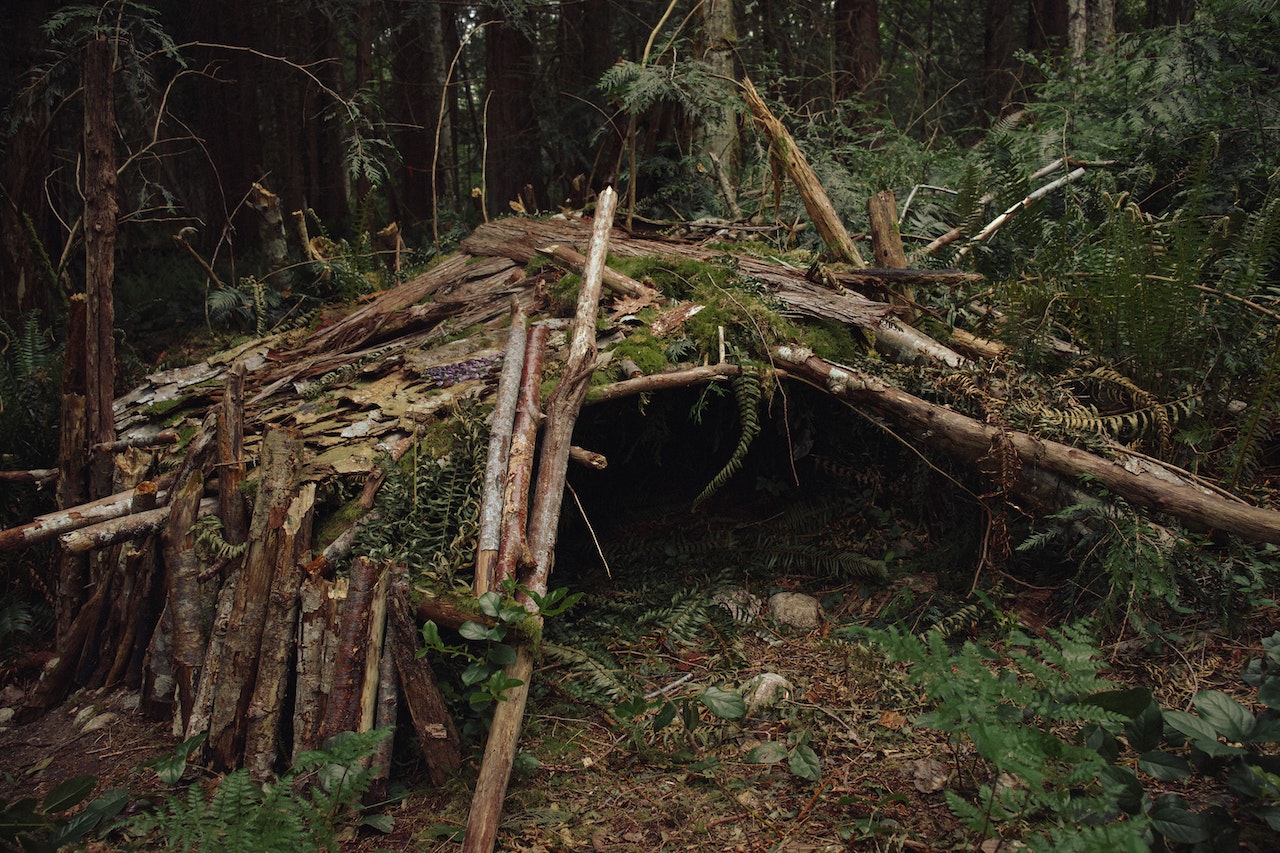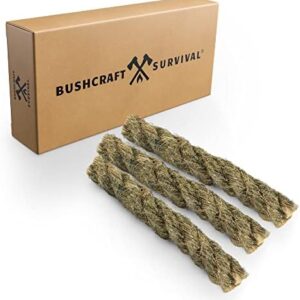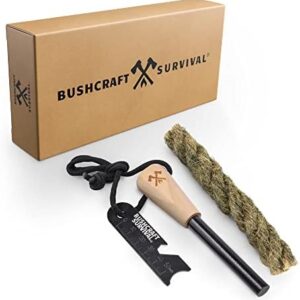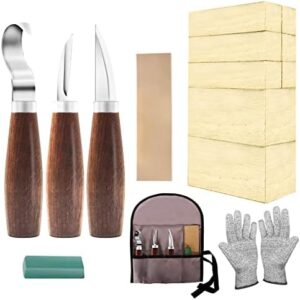Imagine you are lost in the wilderness. You are tired, hungry, and scared. You need to find shelter to protect yourself from the elements and to get some rest.
Building a shelter is one of the most important skills you can learn in wilderness survival. A good shelter can mean the difference between life and death.
Types of Wilderness Survival Shelters
There are many different types of wilderness survival shelters that can be built. Some of the most common types include:
-
Lean-tos:
Lean-tos are one of the simplest and easiest shelters to build. They are made by leaning a long pole or branch against a tree or other sturdy object. Then, smaller branches and leaves are piled against the pole to create a roof.
-
A-frame shelters:
A-frame shelters are a bit more complex than lean-tos, but they are still relatively easy to build. They are made by using two long poles to create an A-frame structure. Then, smaller branches and leaves are piled against the poles to create a roof.
-
Debris huts:
Debris huts are made by piling up a large amount of debris, such as leaves, branches, and pine needles. The debris is then packed down to create a solid structure.
-
Dugouts:
Dugouts are shelters that are dug into the ground. They are a bit more difficult to build than other types of shelters, but they can provide excellent protection from the elements.
-
Caves:
Caves are natural shelters that can be used for survival. However, it is important to be aware of the potential hazards associated with caves, such as poisonous gases or falling rocks.
Choosing a Shelter Site
The first step in building a wilderness survival shelter is to choose a suitable site. The site should be:
- Level: The shelter should be built on level ground to prevent it from collapsing.
- Away from dangerous areas: The shelter should be built away from dangerous areas, such as cliffs or swamps.
- Near a source of water: The shelter should be built near a source of water, so that you have access to drinking water.
- In a location that will provide protection from the elements: The shelter should be built in a location that will provide protection from the elements, such as rain, snow, wind, and sun.
Building a Shelter
Once you have chosen a site, you can begin building your shelter. The specific steps involved in building a shelter will vary depending on the type of shelter you are building. However, some general tips include:
- Use natural materials that are available in the area.
- Build the shelter to be as large as possible, to provide plenty of space to move around and sleep.
- Insulate the shelter to help keep you warm.
- Make sure the shelter is well-ventilated to prevent moisture buildup.
Resources
There are many resources available to help you learn about building wilderness survival shelters. Some of these resources include:
- Books: There are many books available on the subject of wilderness survival, including books that specifically address shelter building.
- Websites: There are many websites that offer information on wilderness survival, including information on shelter building.
- Classes: There are many classes and workshops available that teach wilderness survival skills, including shelter building.
Conclusion
Building a wilderness survival shelter can be a challenging but rewarding experience. By following the tips in this guide, you can build a shelter that will help you stay safe and comfortable in the wilderness.
Additional Tips
- If you are building a shelter in a cold climate, make sure to use materials that will help insulate you from the cold. This could include materials such as leaves, pine needles, or bark.
- If you are building a shelter in a hot climate, make sure to use materials that will help keep you cool. This could include materials such as mud, sand, or rocks.
- If you are building a shelter in a rainy climate, make sure to make the roof of the shelter watertight. This could be done by using materials such as leaves, bark, or tarps.
- If you are building a shelter in a windy climate, make sure to anchor the shelter to the ground. This could be done by using rocks, stakes, or trees.
Practice Makes Perfect
The best way to learn how to build
There are several types of shelters that can be made with a collection of even more materials. The goal and idea of having a survival shelter are just that. To have a shelter that can protect you from rain, snow, sun, animals, and the outside environment.
There are many types of shelters. The best one is the kind that you can make with the materials you have at the given moment when you need one for survival. If we’re talking about a disaster situation, this could be in an urban and city environment where you can use debris and anything you can get your hands on.
If the situation is in the wilderness you’ll have less material to use and depending on the wilderness environment, desert, forest, tropic, plains and grasslands, mountain, you will have very different natural materials to use and the shelters in these areas will all be very different.
In this article, we’ll explore many shelters made with many materials in several environments so keep on reading and save this page so you will have a good reference on shelter building. You can also download our complete shelter building guide with instructions and pictures on how to build many wilderness survival shelters.
First, let’s cover one of the most commonly used shelters in the wilderness of any kind.
Tarp Shelters
A camping tarp is a very versatile material that packs light and small. This is very common for backpacking, bushcraft, and practicing wilderness survival.
You can pack a lightweight tarp, paracord, and have many options to build a shelter in almost any environment.
These are really good in woods and mountains, the desert can have some drawbacks but it’s possible and in the grasslands or planes. The styles from desert and woods are different because you’ll have more wind in the desert and grasslands/plains, while also having fewer trees and natural structures to tie up the tarp.
A lot of shelters that are represented in the tarp examples can also be made with logs, sticks, and shrub/vegetation to form the same style but in a different way.
For example: The “Lean To” and “Forest” tarp shelters can be made with branches, logs, shrub, moss, and vegitation. All things you can find naturally in the wilderness.
Wildernress Survival Shelters [Made With The Environment]
Wicki-Up
Wicki-up is a tipi style shelter made up of medium logs used as poles leaning into each other. You can use vegetation to hold the top together by weighing the tops down or wrapping a rope around the top. Brush and vegetation are then laid on top of the sloping logs to form a shelter.
Hopefully these examples offer some good options for Wilderness survival shelters in the different kinds you can use or set up with a tarp or with natural materials.
Let us know what kind of shelters you’ve made and Share some of your shelters in the comments below














0 Comments